what impact is co-working having on the workplace?
“You will always get the balance right with new trends if you’ve thought about the occupier’s actual, not perceived, needs. The best solutions are borne out of consultation with those that will be using the space.”
Ann Clarke, Claremont
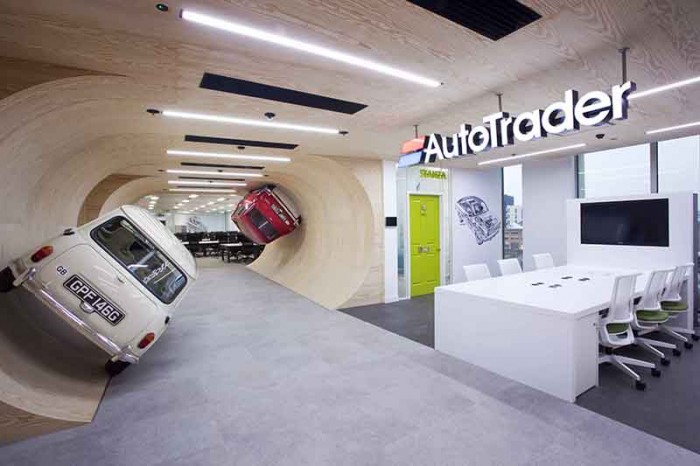
Once the preserve of freelancers in creative or hi-tech industries, the co-working movement is becoming mainstream. Jim Pendrill looks at the impact on office design.
Whether it’s companies setting up dedicated spaces for freelancers, or industry specialists rolling out their global models, the co-working movement is gathering pace.
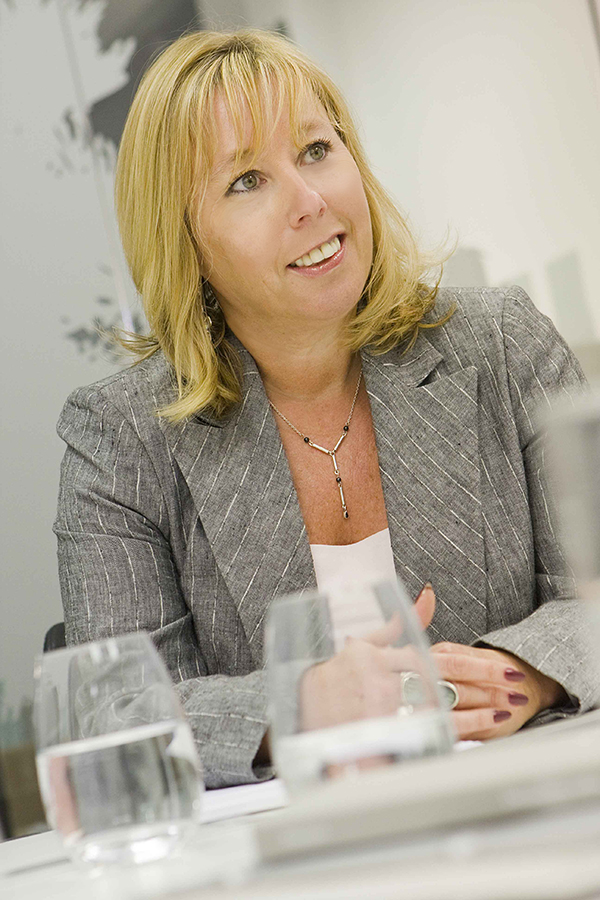
Ann Clarke, joint managing director of UK interior design and fit-out business Claremont, says the move towards co-working is a response to two things – the aftermath of the recession which forced companies to think more cleverly about their assets, particularly property, and the proliferation of mobile technology. “Many smaller businesses, start-ups and mobile workers like the flexibility of sharing space with other professionals and the reduced overheads too.” She says this is all because our behaviours have changed.
“Work is now something we do, rather than somewhere we go”
“Technology means we’re more transient and so the way we work has changed too. Work is now something we do, rather than somewhere we go. What co-working spaces have done is highlight this behavioural change. Sometimes we want to come together or sit at a desk, but sometimes we want to work remotely or in one of countless other locations.” In more traditional office environments, businesses keen to embrace more mobile ways of working now recognise that it no longer makes financial sense to have one desk per employee if many desks are lying empty.
As Ann adds: “Instead, the value of these spaces can be unlocked and under-utilised desks removed to create more variety, creativity and choice. The focus is on empowering the employee to select the right space for the task. So project work can be done in one space, quiet research in another and so on.”
Claremont has recently created two new office interiors for automotive advertising business AutoTrader which have combined traditional office spaces such as desking with a wide variety of more playful, collaborative and social areas akin to co-working spaces.
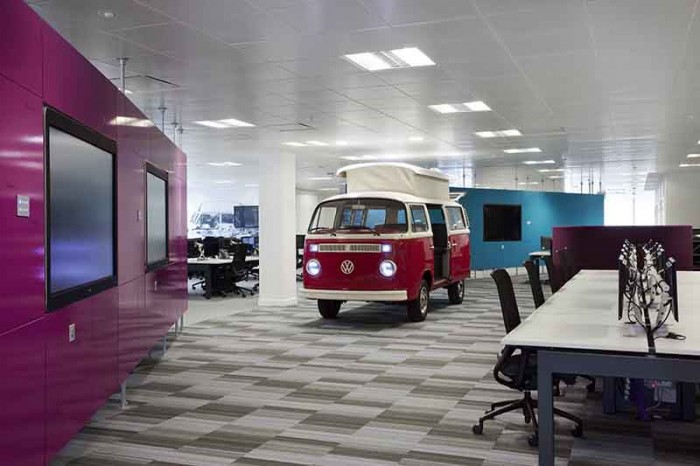
“The balance has been maintained because we’ve designed the office around the way AutoTrader’s teams work and their processes and behaviours. Unallocated desks mean mobile and office workers are treated the same, meeting pods give project teams spaces to hone their ideas and work together, and a whole host of write-on surfaces throughout the office ensure that every idea, however fleeting, can be captured on cars, walls and doors.
“All effective office interiors have been shaped around the occupier’s needs and the way work is done in that particular organisation. You will always get the balance right with new trends if you’ve thought about the occupier’s actual, not perceived, needs and the best solutions are borne out of consultation with those that will be using the space. Understanding what they want and need and how it should support the way they work.
“Workplace trends stem from a change in working behaviours. As interiors designers it’s our job to interpret what these behaviours require of spaces and create something that motivates, inspires and is fit for purpose.”
Drivers
Project work, which often involves the use of freelancers or contractors, is proving a particularly strong driver of the co-working movement.
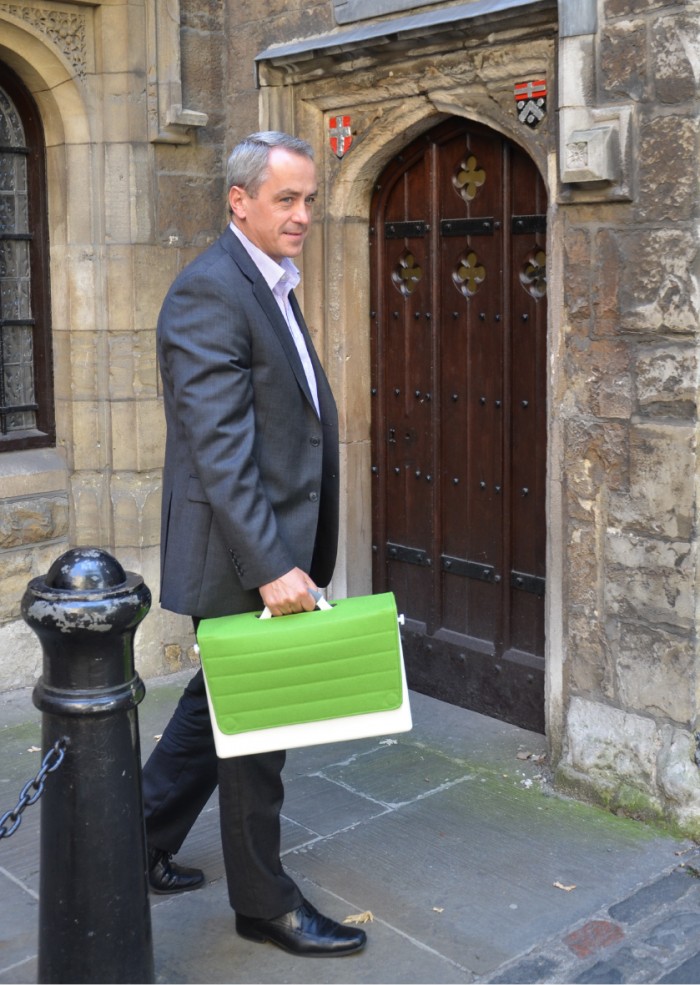 As Jamie Rothwell, the designer behind the Hotbox personal storage unit, says: “You definitely see more and more companies working in project teams these days. A business might typically have 100 people working in a particular zone for three months and then at the end of that period they are replaced by another team working on another project. I have particularly started seeing this in the UK public sector with the creation of dedicated work hubs.”
As Jamie Rothwell, the designer behind the Hotbox personal storage unit, says: “You definitely see more and more companies working in project teams these days. A business might typically have 100 people working in a particular zone for three months and then at the end of that period they are replaced by another team working on another project. I have particularly started seeing this in the UK public sector with the creation of dedicated work hubs.”
Jamie echoes Ann’s mantra about the importance of understanding what employees need, and says it was precisely this that drove him to create the Hotbox. “Having worked within the commercial interiors industry for many years I began working with more and more customers who had a need to make their workplaces more adaptable and efficient by allowing employees to share desks, either to add shift patterns or to cope with the increasing number of mobile workers who only came into the office once or twice a week.
The most common question that arose was what happens to personal storage in this type of agile or flexible workplace?
“What we found was that as soon as employees started to share desks or workstations, the pedestal became a hindrance as it took up too much space, was too heavy and large to move around, and could not be shared between employees. That got me thinking about portable solutions.”
Side effects
However the drive towards co-working and more open plan environments can also come with unwanted effects.
“The bottom line is that if someone is unsettled in a workplace then their productivity will decline”
Neil Clark is sales director at Ocee Design, a manufacturer of commercial furniture which has seen increasing demand for acoustic services. As he explains: “A company can make lots of plans for an open-plan area, but until people start working there you often don’t know what particular issues might arise. The bottom line is that if someone is unsettled in a workplace then their productivity will decline and it will impact on the whole business. It is about truly understanding what creates the best working environment.”
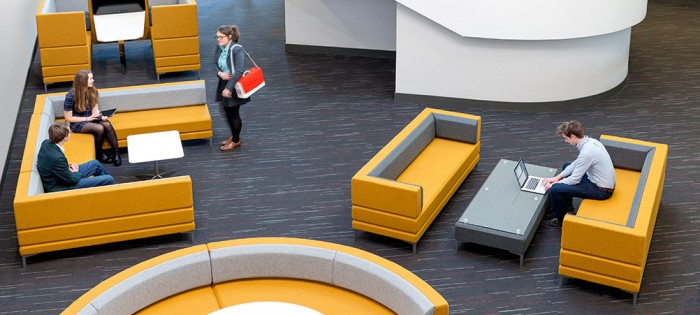
Neil points to the issue of increased noise from an open-plan environment. As such Ocee has developed a portfolio of acoustic solutions that can be retrofitted into offices, ranging from installing soundproofing furniture on ceilings or walls, to creating portable booths which can be moved around an office to give employees more privacy. “These sorts of issues have really come to the fore. We have a holistic portfolio that now covers a number of products,” adds Neil.
Working with acousticians Ocee has developed a polyester product that is compressed into a board that absorbs a wide range of frequencies. “The most common problem in an open plan office is the medium range sounds, those that are at the same frequency as the human voice to which we are much more sensitive to. How far that noise travels within an environment is something that we can deal with.”
Another issue could be background music which can often be playing in co-working environments but may not be to everyone’s taste. Adds Neil: “There is a move towards more relaxed environments and some people do actually perform better with background music at the right level. However for those who don’t want the music the key is providing areas in the office without music.”
Less connected?
“British workers suffered the ‘coldest’ offices in the world with employees more likely to say they were uncomfortable and uninspiring.”
And then there are also concerns that open-plan offices with more transient workforces also make employees feel generally less connected with colleagues.
Indeed, a recent global study commissioned by workplace solutions provider Steelcase found that British workers suffered the ‘coldest’ offices in the world with employees more likely to say they were uncomfortable and uninspiring.
One in five said they felt ‘cold’ at work while the study found that UK offices were also more likely to have high numbers of nomadic workers. As a result a high proportion of British workers felt their office was impersonal. Only 15 per cent described their office atmosphere as “convivial” compared to the global average of 25 per cent.




